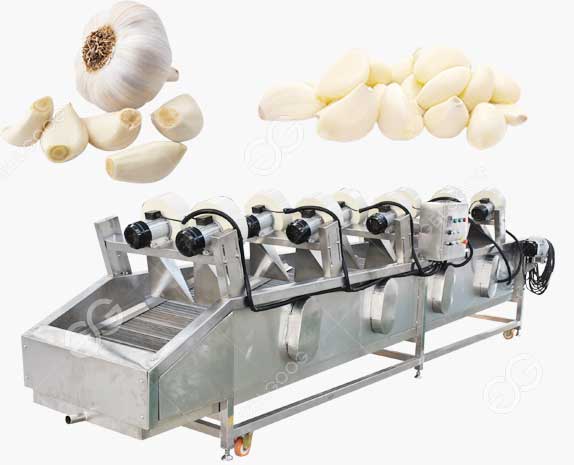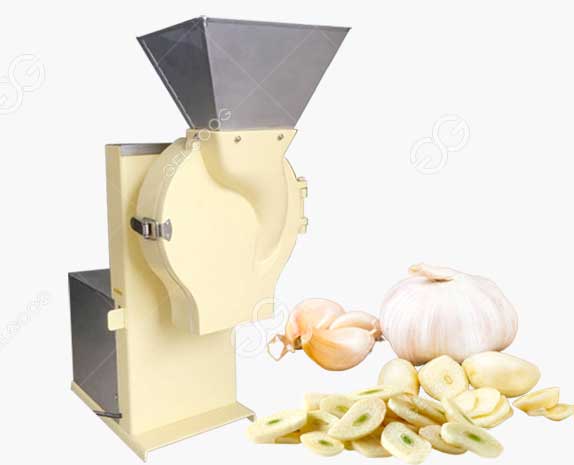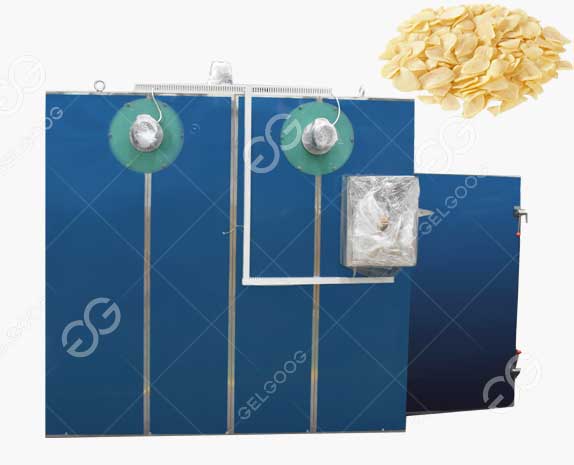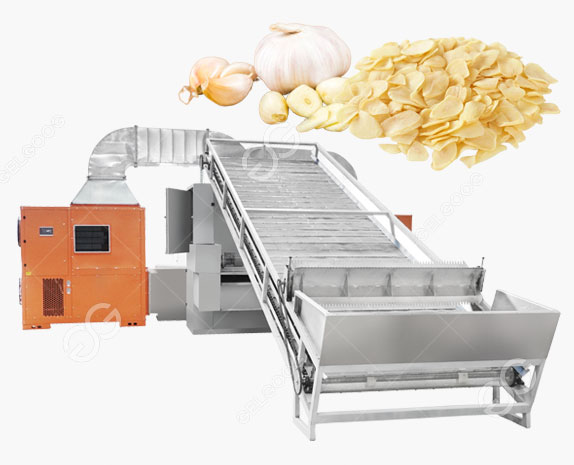Ginger, with its distinct flavor and versatile applications, has become a staple in kitchens worldwide. One of the most convenient forms of ginger is ginger powder, offering the same pungent warmth and medicinal properties as fresh ginger but with a longer shelf life. In this blog post, we will explore the commercial production of ginger powder, detailing the process from farm to packaging.
Ginger powder is processed using a ginger powder processing line, which is carried out through cleaning, peeling, cutting, drying, grinding, packaging and other processing steps. The specific processing operations are as follows:
Step 1: Sourcing High-Quality Ginger
The first crucial step in commercial ginger powder production is sourcing high-quality ginger rhizomes. Farmers typically harvest ginger after 8-10 months of growth when the plant has matured. It's essential to select rhizomes that are free from diseases and damages, ensuring the final product meets quality standards.
Step 2: Cleaning and Washing
Once harvested, the ginger rhizomes undergo a thorough cleaning process to remove soil, debris, and any remaining roots. This is usually done using brushes and water baths. Cleanliness is paramount, as any impurities can affect the powder's flavor and shelf life.
Step 3: Peeling
After cleaning, the ginger rhizomes are peeled to eliminate the outer skin, which contains dirt and other contaminants. This step can be done manually or with the help of machines, depending on the scale of production.
Step 4: Drying
Drying is a critical step in ginger powder production. The peeled ginger is sliced into thin pieces to facilitate faster and more uniform drying. Traditionally, sun drying was the preferred method, but commercial operations often use industrial drying machines to ensure consistency and efficiency. The goal is to reduce the moisture content to around 10%, preventing mold growth and extending shelf life.
Step 5: Grinding
Once dried, the ginger slices are ground into a fine powder. Industrial grinding machines are used for large-scale operations, ensuring a consistent particle size. The finer the powder, the more potent the flavor and aroma.
Step 6: Sieving
To achieve a uniform product, the ginger powder undergoes a sieving process to remove any remaining coarse particles. This step enhances the powder's texture and ensures a smoother end product.
Step 7: Quality Control
Throughout the production process, rigorous quality control measures are in place. This includes testing for moisture content, microbial contamination, and ensuring the absence of foreign materials. Quality assurance is paramount to meet industry standards and customer expectations.
Step 8: Packaging
The final step involves packaging the ginger powder for distribution. Packaging materials should be chosen carefully to preserve the powder's freshness and prevent contamination. Vacuum-sealed bags or airtight containers are common choices.
Conclusion:
Producing ginger powder commercially involves a meticulous process that starts with sourcing quality ginger and ends with a carefully packaged product. The precision and care put into each step ensure that the end consumer receives a high-quality ginger powder with all the flavor and health benefits of fresh ginger, making it a versatile and convenient addition to any kitchen.




